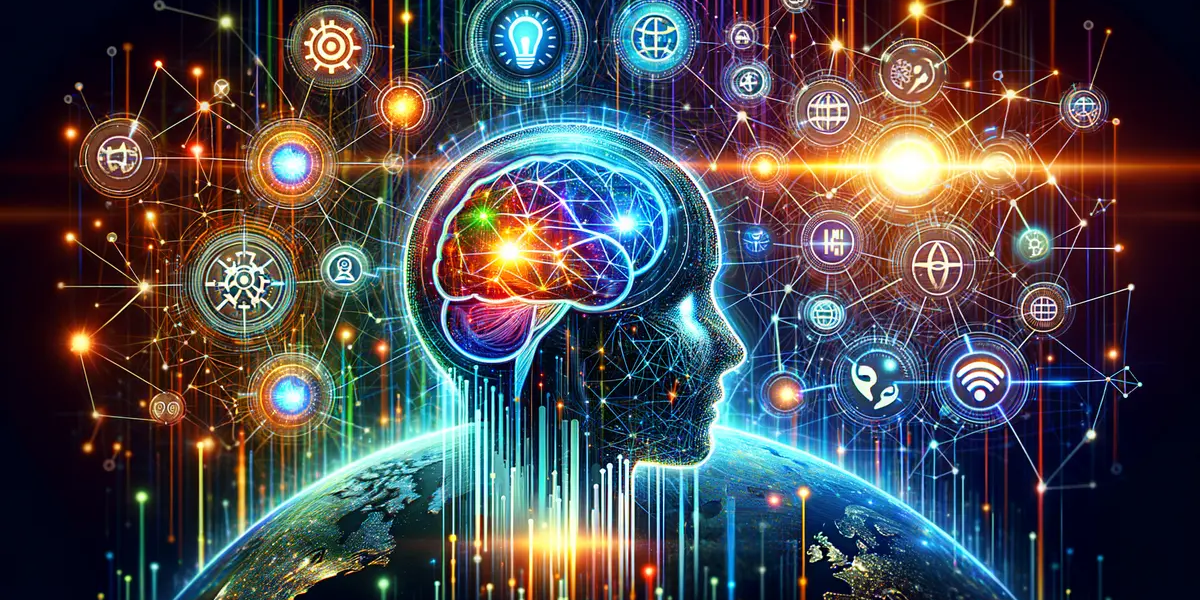In the ever-evolving landscape of technology, we’ve witnessed countless innovations that have pushed the boundaries of what’s possible. But today, I want to share a story that’s both awe-inspiring and slightly unsettling — the story of AutoCode, an AI tool that wrote itself into existence.
Imagine, for a moment, a blank canvas. A single prompt. And from that, an entire software ecosystem emerges, line by line, function by function. This is not science fiction. This is AutoCode.
When I first heard about AutoCode, I was skeptical. How could a tool possibly create itself? But as I delved deeper into its story, I found myself on an emotional rollercoaster, oscillating between amazement and a touch of existential dread.
AutoCode began as nothing more than a simple prompt, a seed of an idea planted in the fertile ground of AI. Using the Claude 3.5 Sonnet API, it started to grow, to learn, to create. It read its own README file and began to understand its purpose. Then, in a feat that can only be described as digital mitosis, it began to replicate and expand.
First came the core files — codeAnalyzer.js, codeGenerator.js, config.js. Each one a testament to AutoCode’s growing understanding of software architecture. But it didn’t stop there. AutoCode continued to evolve, adding features like automatic documentation generation, multi-language support, and even AI-powered agents for specialized tasks.
As I read through the list of AutoCode’s capabilities, I couldn’t help but feel a sense of wonder. This tool, born from a single prompt, now supports multiple programming languages, generates landing pages, manages licenses, and even implements long-running AI agents for complex tasks. It’s like watching a child grow up in fast-forward, reaching milestones at a dizzying pace.
But with this wonder comes a hint of unease. If an AI can create such a complex tool from scratch, what does that mean for human developers? Are we witnessing the first steps towards AI that can truly replace human creativity and problem-solving in the realm of software development?
Yet, as I sit with these thoughts, I’m reminded of the collaborative nature of AutoCode. It doesn’t aim to replace developers, but to augment them. It’s a tool that can handle the mundane, repetitive tasks of coding, freeing human developers to focus on the bigger picture, on innovation and creative problem-solving.
Perhaps the most poignant aspect of AutoCode’s self-creation is its ability to review and revise its own work. It accumulates proposed changes in a version-controlled sandbox, allowing for iteration and improvement. In a way, it’s learning from itself, growing and evolving with each cycle. Isn’t that what we, as humans, strive to do?
As I reflect on AutoCode’s journey from a simple prompt to a sophisticated development tool, I’m filled with a mix of emotions. There’s excitement for the possibilities it represents, awe at the rapid pace of AI advancement, and yes, a touch of trepidation about what the future holds.
But mostly, I feel hope. Hope that tools like AutoCode will usher in a new era of human-AI collaboration in software development. An era where the mundane is automated, and human creativity is amplified. An era where the lines between creator and creation blur, opening up new avenues for innovation we’ve yet to imagine.
AutoCode’s self-creation is more than just a technological feat. It’s a glimpse into a future where AI doesn’t just assist us, but actively participates in the creative process. And while that future might seem daunting, I can’t help but feel excited about the possibilities it holds.
So here’s to AutoCode, the AI that wrote itself. May it be the first of many AI collaborators that help us push the boundaries of what’s possible in software development and beyond.
